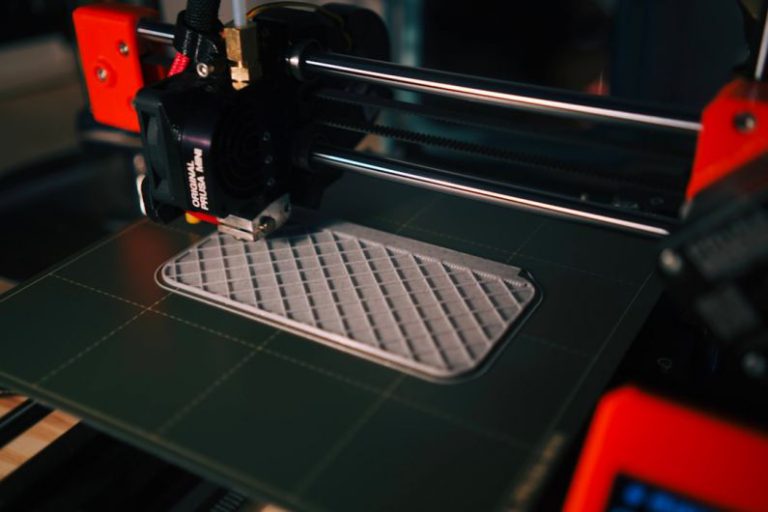Predictive Maintenance Technology and Its Impact on Retreading
In the fast-paced world of manufacturing and transportation, the concept of predictive maintenance technology has been gaining significant traction in recent years. This advanced approach to maintenance involves using data analytics and machine learning algorithms to predict when equipment is likely to fail, allowing for proactive maintenance to be performed before costly breakdowns occur. One industry that is particularly benefiting from the implementation of predictive maintenance technology is the retreading sector.
The Importance of Predictive Maintenance in Retreading
Retreading, the process of extending the life of worn-out tires by replacing the tread, plays a crucial role in the transportation industry. Fleet operators and trucking companies rely on retreaded tires to reduce costs and minimize downtime. However, the success of retreading operations hinges on the condition of the equipment used in the process, such as retread presses and molds. Any unexpected breakdown of this equipment can lead to delays in production and impact the overall efficiency of the retreading facility.
This is where predictive maintenance technology comes into play. By continuously monitoring the performance of key equipment components, such as hydraulic systems and heating elements, predictive maintenance systems can detect early signs of wear or malfunction. This allows maintenance teams to schedule repairs or replacements during planned maintenance windows, minimizing disruptions to production schedules.
The Impact of Predictive Maintenance on Equipment Reliability
One of the key benefits of predictive maintenance technology in the retreading industry is its ability to enhance equipment reliability. By identifying potential issues before they escalate into major problems, predictive maintenance helps extend the lifespan of critical components. This not only reduces the frequency of unexpected breakdowns but also improves the overall efficiency and productivity of retreading operations.
Moreover, predictive maintenance technology enables maintenance teams to adopt a proactive approach to equipment maintenance. Instead of waiting for equipment to fail, maintenance activities are scheduled based on data-driven insights, allowing for preventive measures to be taken to avoid costly repairs and unplanned downtime.
Cost Savings and Operational Efficiency
Another significant impact of predictive maintenance technology on retreading facilities is the cost savings and operational efficiency it offers. By reducing the frequency of unscheduled maintenance activities and minimizing the risk of equipment failures, predictive maintenance helps lower maintenance costs and increase the overall profitability of retreading operations.
Furthermore, by optimizing maintenance schedules and improving equipment reliability, predictive maintenance technology enables retreading facilities to maximize their production output. This results in increased operational efficiency and improved customer satisfaction, as fleets can rely on retreaded tires to be delivered on time and meet quality standards.
The Future of Predictive Maintenance in Retreading
As technology continues to evolve, the future of predictive maintenance in the retreading industry looks promising. Advancements in sensor technology, data analytics, and artificial intelligence are enabling even more sophisticated predictive maintenance solutions to be developed. These innovative tools will further enhance the reliability, efficiency, and cost-effectiveness of retreading operations.
With the adoption of predictive maintenance technology becoming increasingly widespread across various industries, including retreading, it is clear that this approach to maintenance is here to stay. By leveraging data-driven insights to predict and prevent equipment failures, retreading facilities can improve their operational performance, reduce costs, and stay ahead of the competition in an ever-evolving market.






